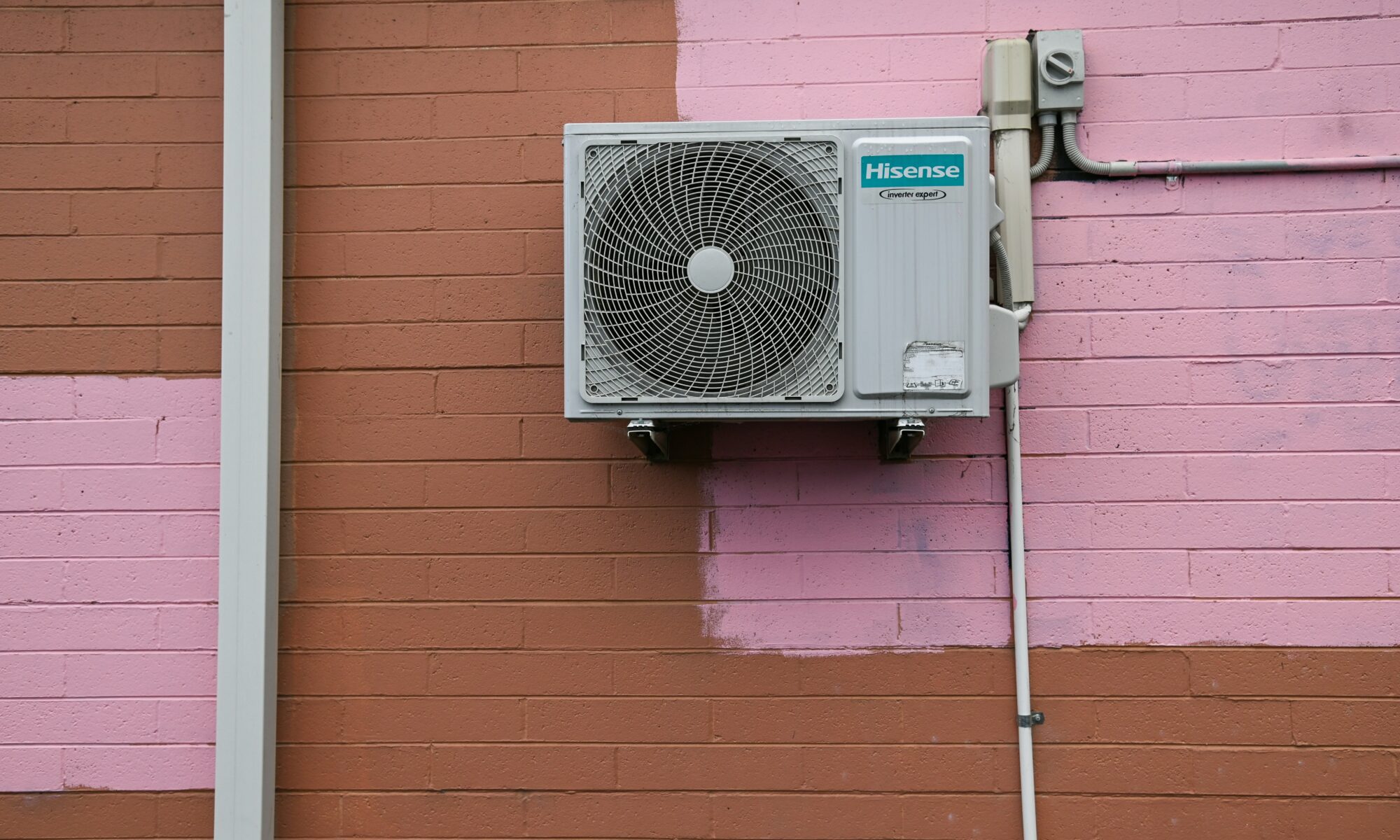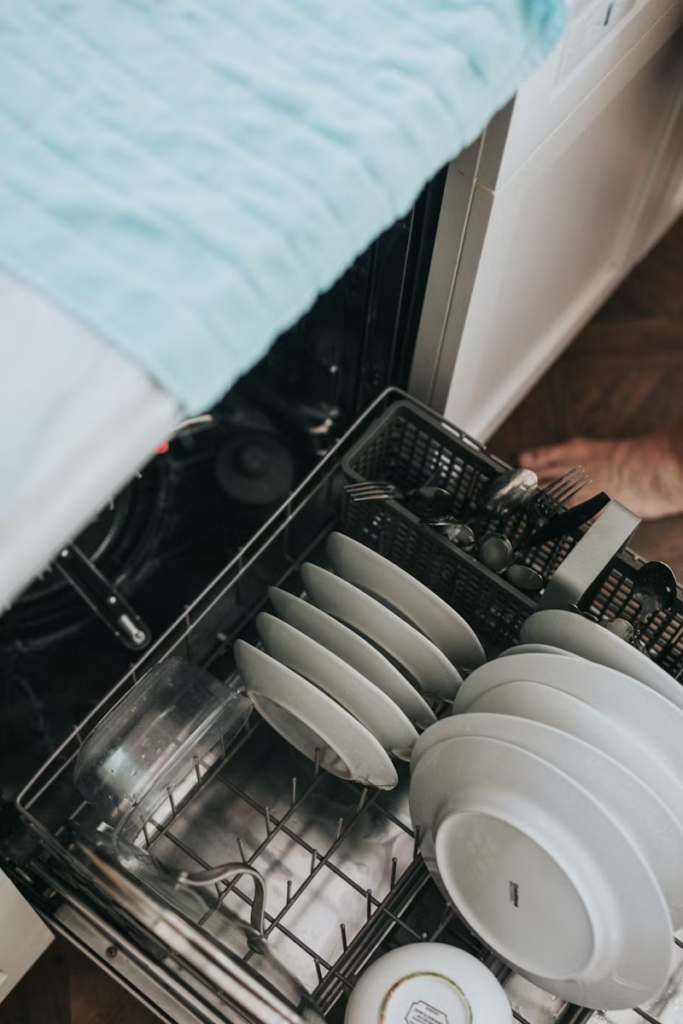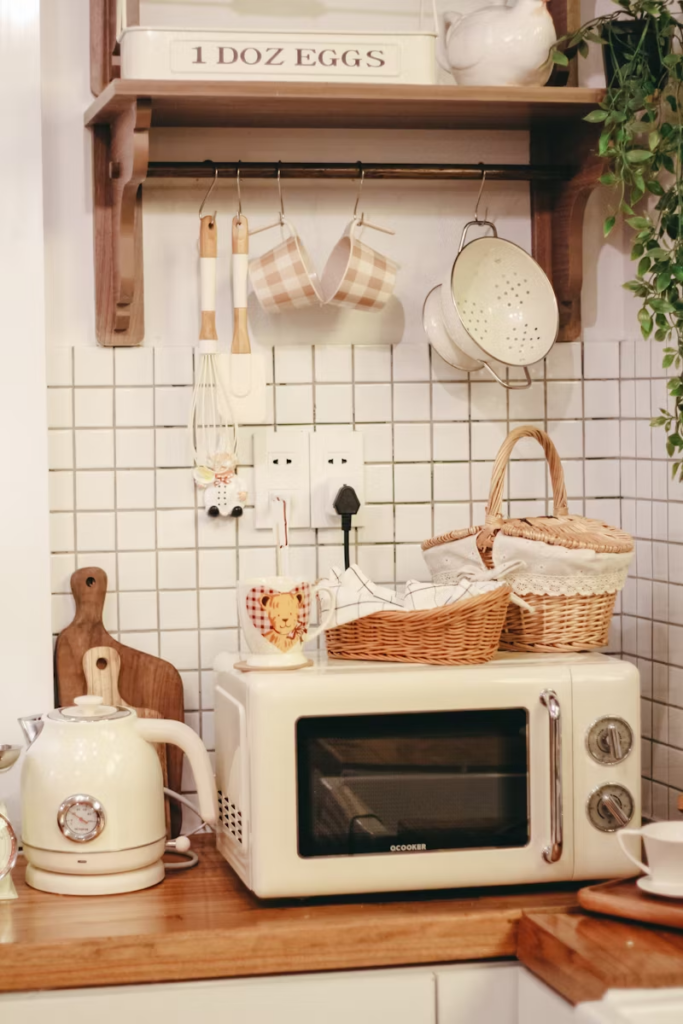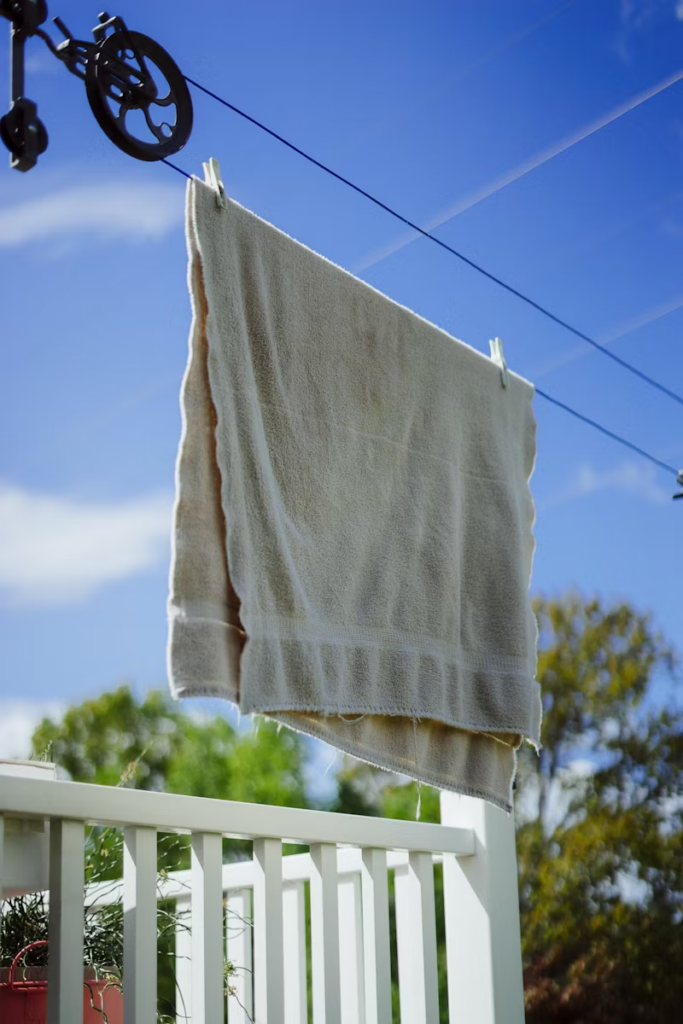Keeping your home clean and tidy is essential for maintaining a comfortable living environment. While regular cleaning can feel like a chore, having the right cleaning tools can make a significant difference in the ease and effectiveness of your efforts. Whether you are a seasoned cleaner or just starting to keep your space in order, certain must-have cleaning items will make the job faster, easier, and more efficient.
In this article, we’ll cover seven essential cleaning items that every home should have. These tools make cleaning easier and help you maintain a spotless, hygienic living space.
- 1. Microfiber Cloths
- 2. All-Purpose Cleaner
- 3. Vacuum Cleaner
- 4. Broom and Dustpan Set
- 5. Plunger
- 6. Disinfectant Wipes
- 7. Floor Cleaner
1. Microfiber Cloths
Microfiber cloths are a must-have item in any home. These soft, durable, and highly absorbent cloths are perfect for cleaning various surfaces, including countertops, glass, mirrors, and even electronics. The fine fibers of microfiber cloths trap dust, dirt, and bacteria, ensuring a deeper clean with minimal effort.
One of the key benefits of microfiber cloths is that they don’t require harsh chemicals. Dampen the cloth with water, and it will work wonders on even the toughest stains or grease. Additionally, microfiber cloths are reusable and eco-friendly, reducing the need for disposable cleaning wipes or paper towels.

2. All-Purpose Cleaner
An all-purpose cleaner is one of the most versatile and practical cleaning products to have in your home. This product can be used on nearly every surface, from kitchen countertops and bathroom sinks to stovetops and appliances. All-purpose cleaners are available in spray bottles or wipes, offering convenience and ease of use.
These cleaners are formulated to break down grease, dirt, and grime while leaving surfaces streak-free. Some all-purpose cleaners also contain antibacterial properties, helping you disinfect surfaces and prevent the spread of germs. If you prefer an eco-friendly option, plant-based all-purpose cleaners are just as effective as their chemical counterparts.
3. Vacuum Cleaner
A good vacuum cleaner is essential for maintaining clean floors, whether you have carpet, hardwood, tile, or laminate. Vacuuming regularly helps remove dust, dirt, and pet hair that can accumulate and contribute to allergies or asthma. With the right vacuum cleaner, you can also target hard-to-reach corners and edges that are often missed with a broom.
Cordless vacuum cleaners are gaining popularity because of their portability and ease of use, while traditional corded models provide consistent power for larger cleaning jobs. Consider investing in a vacuum cleaner with a specialized pet hair attachment for homes with pets to make the cleaning process easier and more effective.
4. Broom and Dustpan Set
While a vacuum cleaner is a must for regular cleaning, a broom and dustpan set is still an essential tool in every home for quick cleanups. Whether you’re sweeping up crumbs from the kitchen or tidying up after a craft project, a broom and dustpan provide a fast and efficient way to pick up small debris.
Various broom types are available, including soft-bristled brooms for fine dust and stiff-bristled brooms for larger debris. A rubber edge dustpan helps scoop up dust and dirt easily, ensuring that nothing gets left behind. For convenience, many broom and dustpan sets come with a stand or clip to store them out of the way when not in use.
5. Plunger
No one wants to deal with clogged drains or toilets, but having a plunger on hand is crucial for every household. A high-quality plunger is essential for quickly addressing common plumbing problems, such as clogged toilets or sinks. There are two main types of plungers: cup plungers (for toilets) and flange plungers (for sinks).
A plunger readily available can save you from costly plumbing repairs by helping resolve minor blockages before they escalate. It’s also a good idea to keep a toilet auger on hand for more stubborn clogs that a plunger can’t handle.

6. Disinfectant Wipes
Disinfectant wipes are a convenient and easy-to-use cleaning product that can be used for quick sanitizing tasks around the house. They are especially effective for wiping down high-touch surfaces such as doorknobs, light switches, remote controls, and countertops. Many disinfectant wipes are designed to kill a wide range of germs, viruses, and bacteria, making them an essential item for maintaining hygiene in your home.
Keep a pack of disinfectant wipes in your kitchen, bathroom, and living areas for fast cleanups and sanitizing sessions. They are also ideal for wiping down gym equipment, phones, or any other frequently used surfaces that need regular disinfection.
7. Floor Cleaner
A good floor cleaner is essential for maintaining the cleanliness and shine of your floors. Whether you have hardwood, tile, laminate, or vinyl, using the right floor cleaner helps preserve your floors’ appearance and extend their lifespan. Many floor cleaners are formulated to clean, disinfect, and leave your floors gleaming without harsh chemicals.
A floor cleaner with non-toxic ingredients is an excellent choice for homes with pets or young children. Make sure to follow the manufacturer’s instructions for use, as different types of floors may require different types of cleaners to avoid damage.
Final Thoughts
Keeping your home clean and organized doesn’t have to be a difficult or time-consuming task. By investing in these seven must-have cleaning items, you’ll be able to maintain a tidy and hygienic environment with ease. From the versatility of microfiber cloths to the effectiveness of a quality vacuum cleaner, each tool plays an important role in keeping your home spotless.
Remember, having the right tools makes all the difference in cleaning. Whether you’re tackling small messes or deep-cleaning tasks, these essential items will make your cleaning routine more efficient, effective, and enjoyable.




















You must be logged in to post a comment.